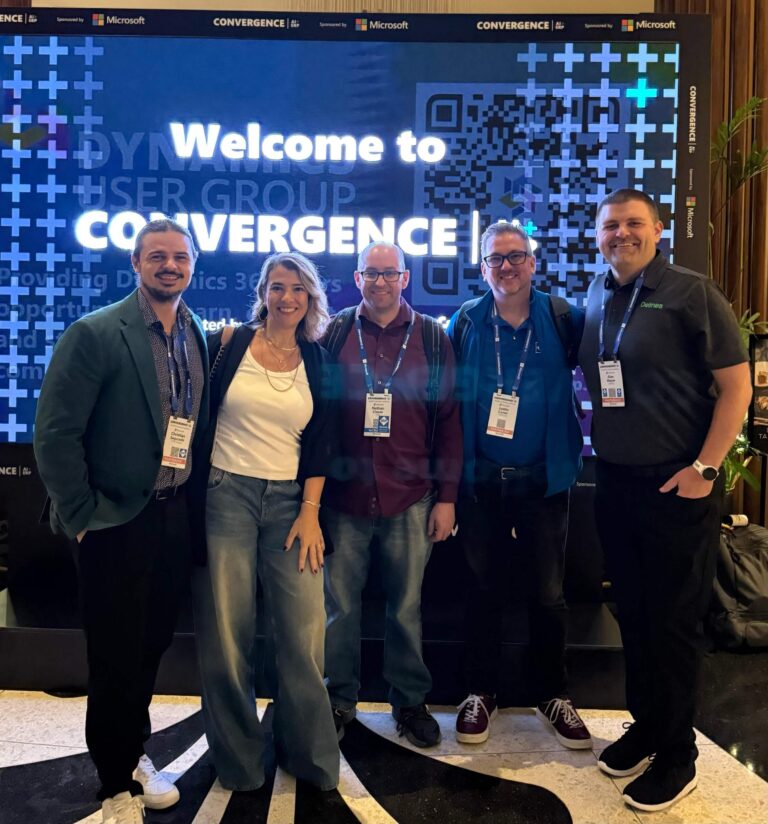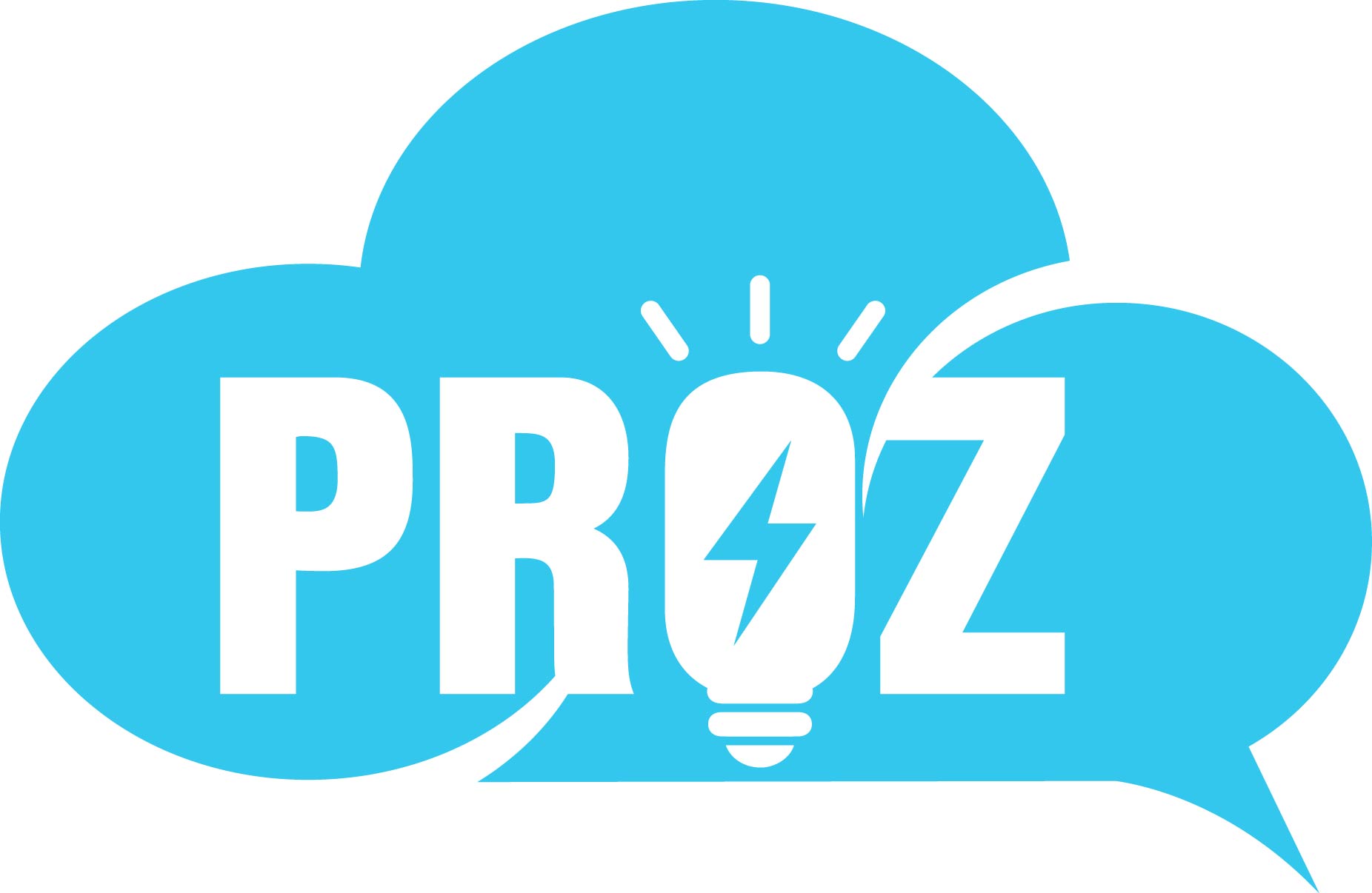AI is changing customer service — just not in the sensational way some headlines would have you believe. It’s not about completely replacing people or shutting down contact centers. Instead, Agentic AI like Agentforce is steadily transforming how the work gets done — shifting roles, updating the skills teams need, and reshaping how service is delivered.
In this blog article — the second in our series “Agentforce Reinforces the Human and the Humane in Your AI Strategy” — we explore how AI is showing up in different types of service roles, from complex tech support to high-volume routine work. We also look at how leaders can get ahead of these changes by supporting both their people and their technology.
What you’ll learn:
Prepare your org for Agentforce
Want to get the most out of digital labor? Our exclusive guide covers the best practices you need to know.
Understanding AI’s true reach in customer service
First, it’s important to understand where AI excels and where it doesn’t. AI agents today aren’t substitutes for human versatility. Service reps often handle dozens of tasks in a single interaction, drawing from emotional intelligence, complex reasoning, and system-wide coordination that AI has yet to match. As AI expert Andrej Karpathy notes, we need to think of AI like an Iron Man suit — built to augment humans, not replace them. He advocates for an “autonomy slider,” where AI starts as support and gradually takes on more responsibility — always under human oversight.
In the near term, we’ll see AI completely take over narrow, repetitive, low-skill tasks. The remaining work will require human strengths: sensitivity, empathy, complex problem-solving, and ethical decision-making. For the tasks that are given to humans, AI and analytics will play increasingly more important roles. (Back to top)
Why role type matters: the spectrum of service complexity
Customer service isn’t one-size-fits-all. Depending on the type of support your organization provides, AI will have a very different impact — not just on day-to-day tasks, but on where your company invests next and how roles evolve over time. Here’s how it breaks down, including my projections for future investments in each area:
High-complexity support will thrive on human expertise and AI partnership
Enterprise support roles — such as technical account managers, escalation engineers, and partner support managers — at companies like Salesforce, Cisco, and Dell will continue to rely on experienced professionals to navigate nuanced technical issues, incident management, and partner coordination. These professionals are highly skilled, well-compensated, and essential to delivering trusted service. But the landscape is shifting.
Future investments:
- Autonomous systems and IoT
- Augmented reality for remote support
- ITSM, analytics, and collaboration platforms
While these roles will remain human-driven, they’ll increasingly be amplified by AI — offering intelligent recommendations, surfacing knowledge in real time, and streamlining workflows. The result is a stronger partnership between people and AI, making already indispensable experts even more effective.
Relationship-centric roles will evolve, not disappear
This includes client advisors, claims specialists, billing dispute managers, customer retention teams, and social media teams. These roles rely on trust, human connection, and emotional intelligence — things AI can’t replicate.
Future investments:
- Real-time analytics and customer journey views
- Next-best-action recommendations
- Content and offer personalization tools
As AI takes on more routine tasks, many of these service roles will evolve into more strategic positions. Rather than simply reacting to issues, these roles will focus on building proactive, personalized customer relationships with AI as a powerful partner.
Transactional service centers will see the biggest shift
Contact centers handling high volumes of repetitive tasks — like billing questions, returns, and order tracking — are poised for significant AI transformation. These roles are among the first in line for automation, and the change is happening quickly.
Future investments:
- Agentic AI platforms like Agentforce
- Workflow automation
- Voice tech, social media management, and process analytics
As AI takes on more routine interactions, service centers will operate with greater speed and precision. This shift frees customer service reps to focus on more meaningful work — roles that tap into their empathy, critical thinking, and ability to solve complex issues.
What this means for BPOs and outsourced contact centers
Many high-volume customer service centers are operated by third-party business process outsourcing (BPOs). These outsourced contact centers have long relied on strict surveillance, low autonomy, and rigid metrics — all contributing to burnout and attrition.
Now’s the time for transformation. The best BPOs already deliver exceptional customer service experiences. But the rest must act now, investing in AI while rethinking workforce experience. AI presents an opportunity to reduce drudgery, but it must be paired with better customer service training, higher compensation, and greater trust in humans. (Back to top)
Join the award-winning Serviceblazer Community on Slack


Planning for the future of AI: 5 recommendations
As AI reshapes service, leaders need a clear strategy to navigate the changes ahead. That means more than just adopting new tools — it requires rethinking roles, skills, and workforce planning. Below are four key recommendations to help future-proof your organization and strike the right balance between customer service automation and human expertise.
1. Analyze your role mix
Take a close look at the different roles across your service organization — from customer service reps to technical specialists and supervisors. (Insert my comment “for business processes, etc., here). AI’s impact will vary significantly based on the complexity, volume, and nature of the work. Understanding which roles are ripe for automation, which will be augmented by AI, and which will remain largely human-driven is key to making smart, strategic investments.
2. Prepare for higher-cost, higher-skill roles
As AI takes on routine tasks, the roles that remain will evolve — offering opportunities for deeper expertise, growth, and greater impact. Plan now for the training, upskilling, and compensation shifts that will follow. Trailhead, Salesforce’s free online learning platform, offers hands-on modules and guided learning paths to help your teams build the AI, data, and service skills they’ll need to thrive in this new era. The Serviceblazer Community on Slack is a great place to connect with other service pros, ask questions, share best practices, and learn how peers are approaching everything from AI training to career development.
3. Identify and plan for emerging roles
AI won’t just change existing jobs — it will also create entirely new ones. As automation takes over routine tasks, businesses need to identify and prepare for new roles that ensure AI delivers value while staying aligned with brand and customer expectations.
Here are a few examples of roles to plan for:
- Social media and content managers
- Voice AI and process optimization specialists
- Upsell developers and prompt engineers
- Agent managers, overseers, and administrators
- Brand and compliance experts
These roles represent just the beginning. By proactively planning for them now, you’ll be better positioned to adapt, innovate, and lead in the age of AI.
4. Keeping humans where they matter most
AI isn’t the right fit for every situation — and that’s okay. Customers still prefer talking to people when dealing with complex, urgent, or emotionally sensitive issues. The goal of AI should be to support humans by handling routine tasks, surfacing relevant knowledge base articles, and streamlining workflows. This frees up your team to focus on what they do best: delivering empathy, solving tough problems, and creating meaningful connections.
5. Prepare for departmental convergence
As AI becomes more common, the lines between customer service, sales, marketing, commerce, operations, and field service management will continue to blur. Traditional org charts won’t change overnight, but we’ll likely see more overlap across teams — especially between front and back office. Over time, that could lead to departments merging and working more as a unified force. (Back to top)
A human future, powered by AI
AI will have a profound impact on customer service, but not by eliminating the human touch. The most successful companies will use AI to remove friction, boost employee experience, and enhance service quality. As jobs evolve, one thing remains clear: humanity will be more important than ever.
Stay tuned for the next article in our “Agentforce Reinforces the Human and the Humane in Your AI Strategy” series. We’ll look at the future of employees. (Back to top)
Meet Agentforce for Service
Watch Agentforce for Service resolve cases on its own, deliver trusted answers, engage with customers across channels and seamlessly hand off to human service reps.


This article is part of our series, “Agentforce Reinforces the Human and the Humane in Your AI Strategy.” Missed the first one? [Read it here.]







